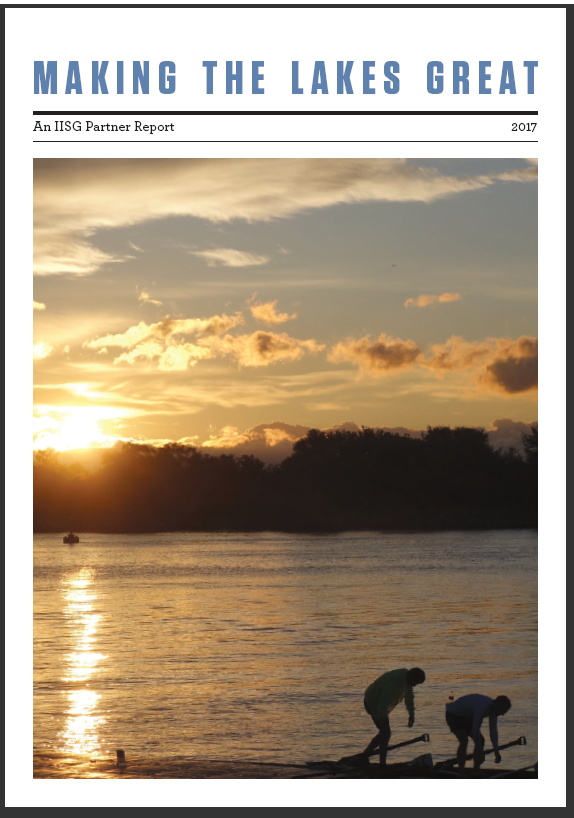
File Size: 5.01 MB
An overview pamphlet on efforts to improve the Great Lakes through pollution prevention, monitoring, cleanups, and education.

An overview pamphlet on efforts to improve the Great Lakes through pollution prevention, monitoring, cleanups, and education.

This program provides the opportunity for educators to borrow actual monitoring equipment used by scientists in the field and for students to experience collecting and analyzing real water-quality data. It is a great way to bring to life the topic of water quality for your students, and bring the outdoors to your classroom or your classroom outdoors!
For more detailed information, visit Limno Loan

This fact sheet explains what a watershed is–the area of land that drains to a specific body of water. The focus is Indiana and the six coastal watersheds that have a direct impact on the water quality and quantity of Lake Michigan. The fact sheet also gives advice on how protect watersheds and how to reduce fertilizer inputs.

Nearshore environments include wetlands, beaches, and grass meadows of a lake. This factsheet describes life in a nearshore, water quality in this area, why degradation occurs, and what you can do to improve nearshore water quality.

This manual lays out the water resources in the NWPA region, reasons to conserve water outdoors, and recommended lawn watering restrictions.
Original document available at: http://www.nwpa.us/pdfs/resource_center/FY13-0092 OUTDOOR WATER CONSERVATION MANUAL lowres-FINAL.pdf

This story map relays key findings from the 2015 Lake Michigan field year of the Cooperative Science and Monitoring Initiative. This digital, multi-media outreach tool is intended to convey research results to broad audiences including anglers, boaters, conservation groups, and other Lake Michigan stakeholders.
For more detailed information, visit Lake Michigan Health: A Deeper Dive

This four-page fact-sheet is a primer on how pharmaceuticals and personal care products enter the environment and what consumers can do to properly dispose of them. This fact sheet was developed by New York Sea Grant.

Land use planners in the Great Lakes region make recommendations that can affect the quality and quantity of ground and surface water resources. Challenges include a lack of up-to-date data, and insufficient political and financial support. In this publication, university researchers in the Great Lakes region show how collaboration led to development and maintenance of an online decision support system.
Document is available from the Purdue Extension Education Store at, https://edustore.purdue.edu/fnr-601-w.html.

Indiana Master Watershed Stewards are trained volunteers who understand how watersheds work and are willing to help with watershed improvement efforts in their communities. Master Watershed Stewards complete a 12-week training program that pulls together information from scientists, researchers, and watershed management professionals. Topics will include how watersheds function, what factors affect watershed health, how water is managed for human use, and how volunteers can play a part in promoting watershed health and appreciation.
For more detailed information, visit Indiana Master Watershed Steward